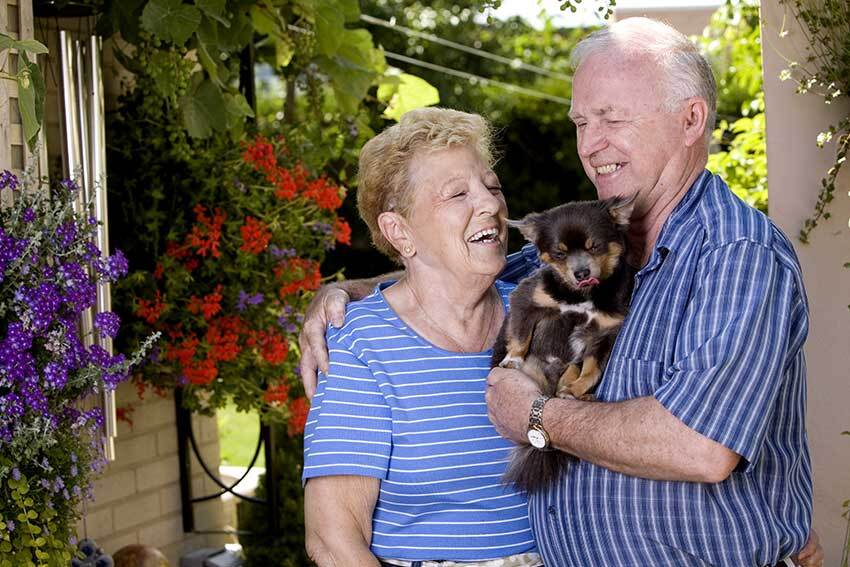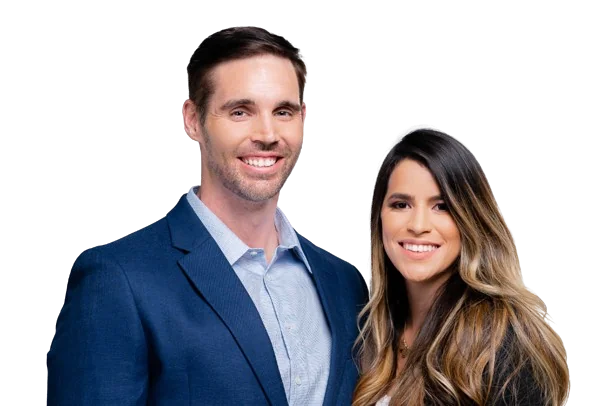Reverse Mortgage Loans
A Reverse Mortgage is a type of home loan that allows homeowners who are aged 62 or older to convert some of their home equity into cash without having to sell or move out of their home. Instead of making monthly payments to a lender, the lender makes payments to the borrower based on the equity in the home. The loan is then repaid after the homeowner moves out of the home, sells the home, or passes away.


Who is eligible for a Reverse Mortgage?
To be eligible for a Reverse Mortgage, the homeowner must be at least 62 years old and have enough equity in their home to qualify for the loan. The homeowner must also live in the home as their primary residence. If there are multiple borrowers on the loan, at least one borrower must meet the age and occupancy requirements.
What are the benefits of a Reverse Mortgage?
Reverse Mortgages offer numerous benefits to homeowners who are at least 62 years old and looking for financial stability. One of the most significant advantages is the absence of monthly mortgage payments. Instead of paying monthly towards their mortgage, the lender pays the homeowner in regular installments based on the equity in the home. Another benefit of a Reverse Mortgage is the increased cash flow that it provides. Retirees can use the extra income to pay for unexpected expenses, such as medical bills, home repairs and even travel. This additional cash provides greater financial security. Homeowners who also meet the loan obligations will also eliminate the risk of foreclosure on their house and can remain in the home for as long as they want.
What are the different types of Reverse Mortgages?
There are three types of Reverse Mortgages:
- Home Equity Conversion Mortgage (HECM): This is the most common type of Reverse Mortgage and is insured by the Federal Housing Administration (FHA).
- Single-Purpose Reverse Mortgage: This type of reverse mortgage is offered for specific purposes, such as home repairs or property taxes.
- Proprietary Reverse Mortgage: This type of reverse mortgage is offered by private companies and is not insured by the FHA. This type of loan may offer higher loan amounts than the HECM.

